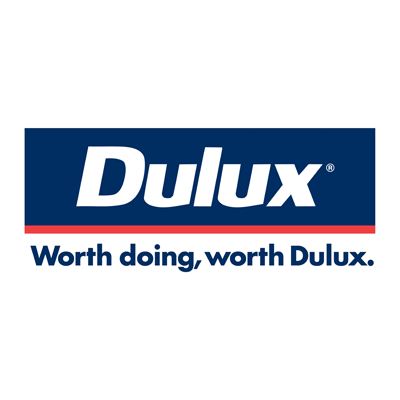"But what is efflorescence?" I hear you say. Efflorescence appears as a white deposit of mineral salts on the face of concrete walls and/or floors. It usually appears in underground car park areas and other subfloor areas as it is caused by moisture ingress. As the moisture enters and moves through the wall or floor, it dissolves mineral salts present in the cement. This mineral salt solution eventually finds its way to the surface of the concrete. As the water evaporates, it leaves behind a white deposit of mineral salts on the surface.
Now, this is not normally a big issue if it happens while the concrete is still curing (within the first 30 days or so), however it is good to know that it might happen. Generally excess water in the concrete mix will eventually evaporate and the concrete will achieve an equilibrium in water content.
If however, efflorescence is present beyond this time, then this is evidence to suggest that moisture ingress may be occurring from external sources, and therein lies a serious problem. If this is the case then efflorescence will progressively worsen with time.
"So what can I do about efflorescence?" you eagerly ask. If moisture is seeping in from external sources then the cause must be eliminated through waterproofing measures to prevent weakening of the concrete and 'concrete cancer'. However if the moisture balance is stable at less than 10% any efflorescence can be thoroughly removed and the surface can be coated.
Concrete walls can be painted with 3 coats of Dulux Weathershield X10 (Gloss, Semi-gloss, or Low sheen).
Concrete floors with foot traffic/residential can be painted with one coat of Dulux Aquatread undercoat followed by two topcoats of Dulux Aquatread.
For floors with heavier traffic or a light industrial environment two coats of Dulux Luxafloor ECO2 should be used. Please note more significant surface preparation is needed for this product.
For more detailed information click to view our Efflorescence Technical Advice Notice.
Photo credit: Achim Hering, Wikimedia





























 Most Popular
Most Popular Popular Products
Popular Products



